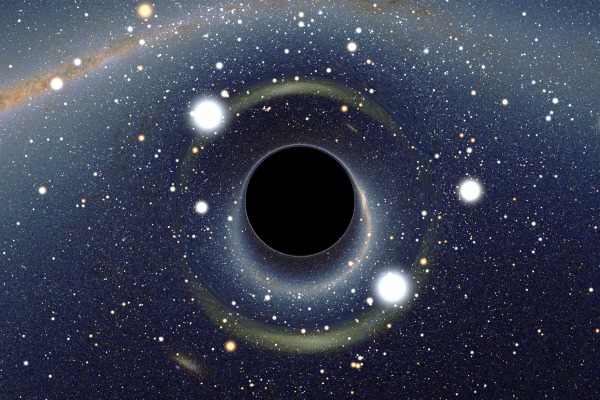
A rather simplistic presentation of a black hole compared to Wikipedia, but it got the point across. It was actually the first link that showed. We also have lots of good threads discussing the subtleties of Black Holes here at PhysicsForums - a website search should turn up lots of interesting reading for you. The intro article at Wikipedia is probably a better place to start learning about Black Holes, and you can follow some of the references and links at the end of that article to get more information. So I did a Google search on the quote, and sure enough it's from NASA:īut if you look closely at the quote, you see it is targeted for K-4th grade kids.

It sounds like something from a kid's book or something. OMG, I saw that quote and thought, there's no way that NASA published that. What I am essentially saying, thinking and hoping is that you prove me wrong here, because if it is true than I have a whole lot of other questions for the next thread. I mean, after all there is a very high gravitational force right? Or it could be evenly spread across the available space inside of the back hole. And what do we really know about the black hole other than that light can not escape? Not that much right?įor all I know, without claiming that this is the case, the mass inside a black hole could be compressed into a small nuclei with a diameter of several mm while the rest of the black hole is empty. The larger the black hole, the lower the density. A small black hole has a higher density than a large black hole. Why am I asking this question? Well, it's simple. The reasons are obvious, but is this actually correct? However, very often a black hole is considered an object with a high density as well. The definition of a black hole according NASA 'A black hole is a place in space where gravity pulls so much that even light can not get out'. This is my first post, so please bare with me and if I am going all wrong about, please let me know.


 0 kommentar(er)
0 kommentar(er)
